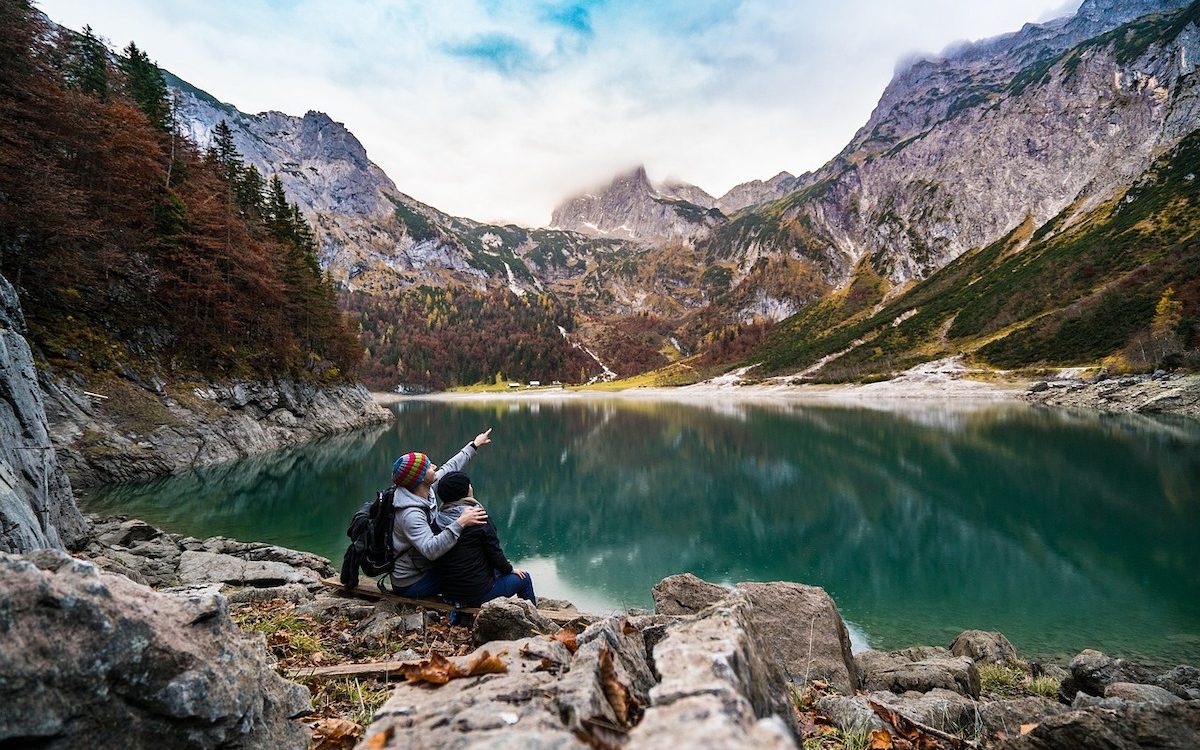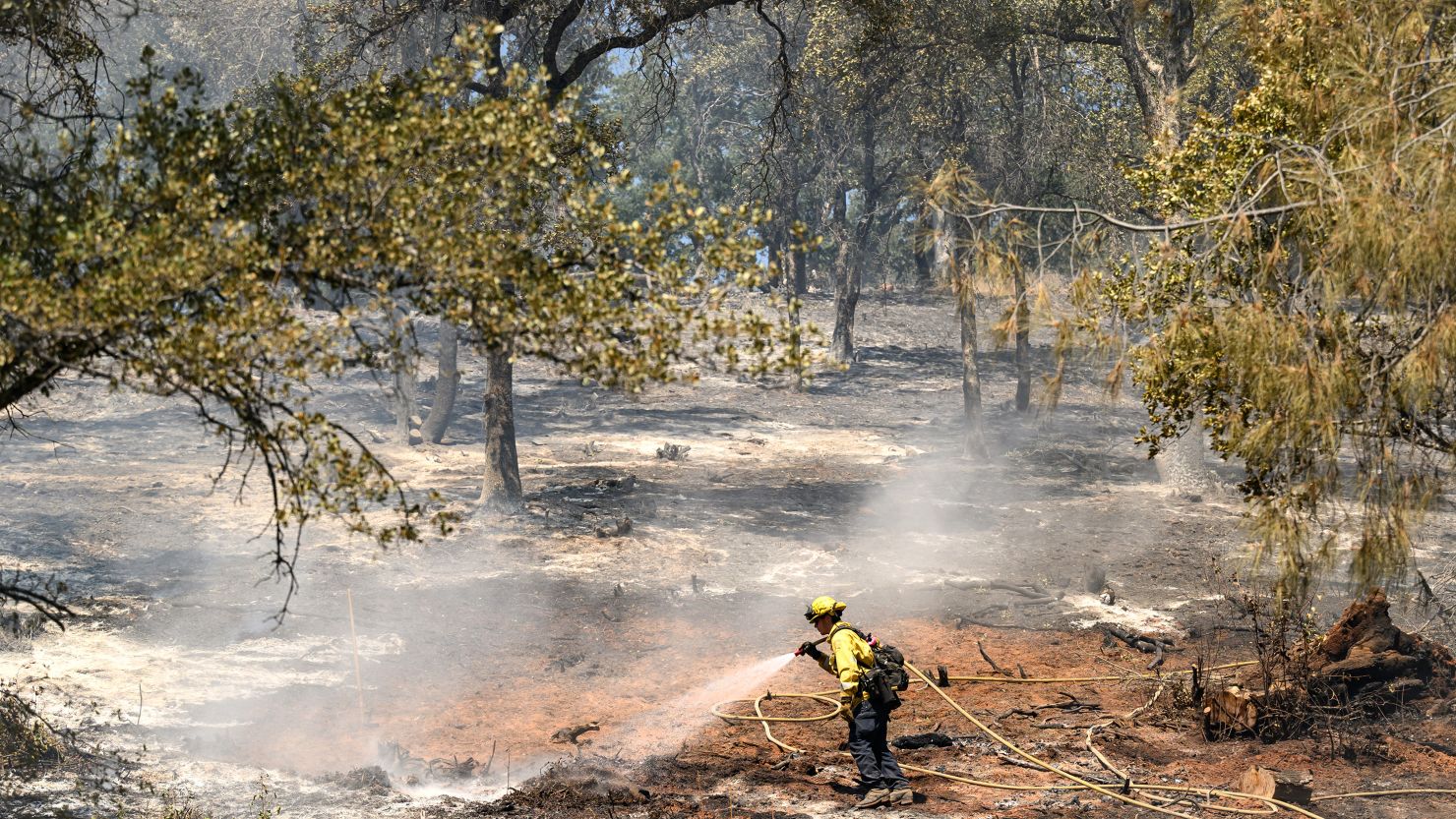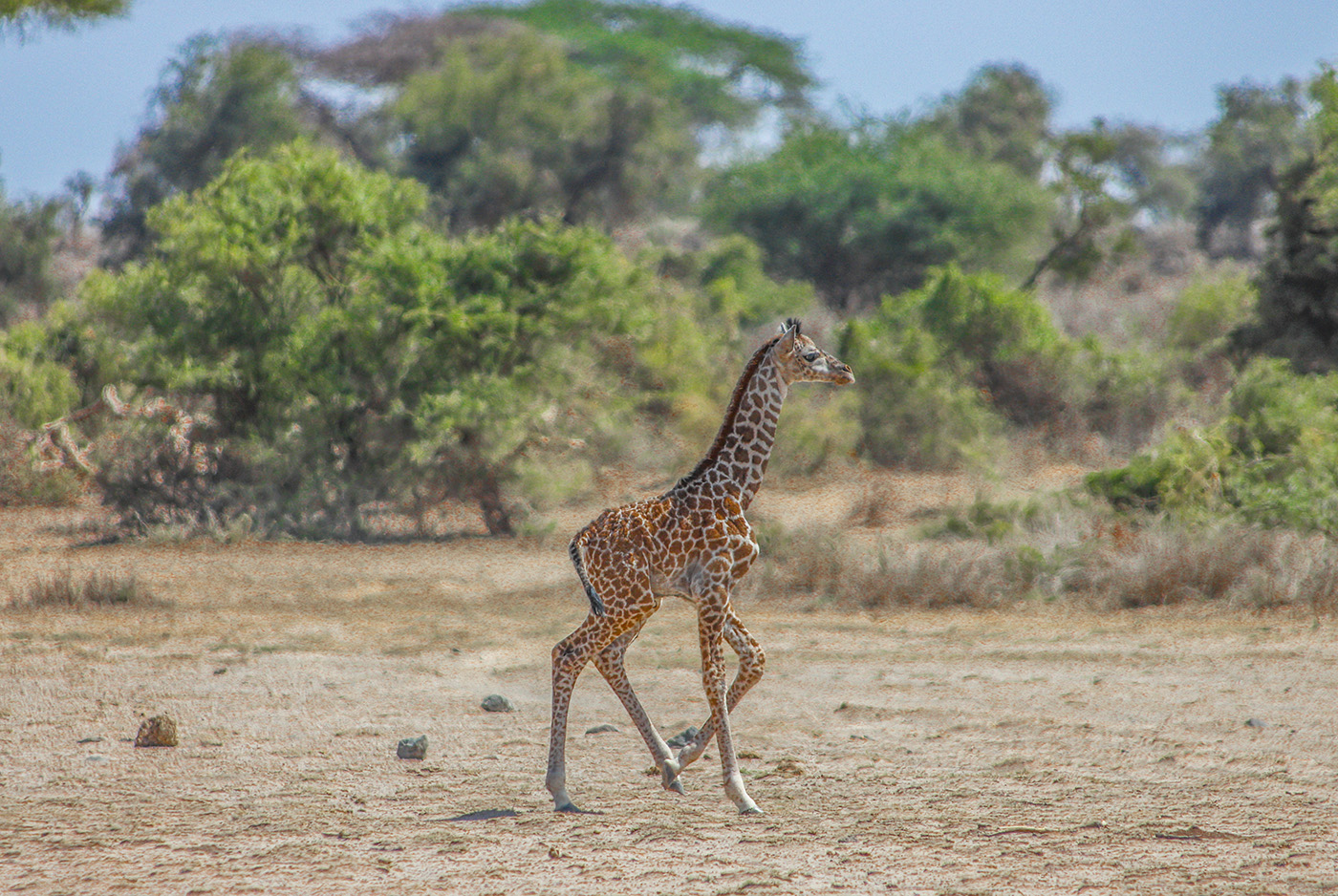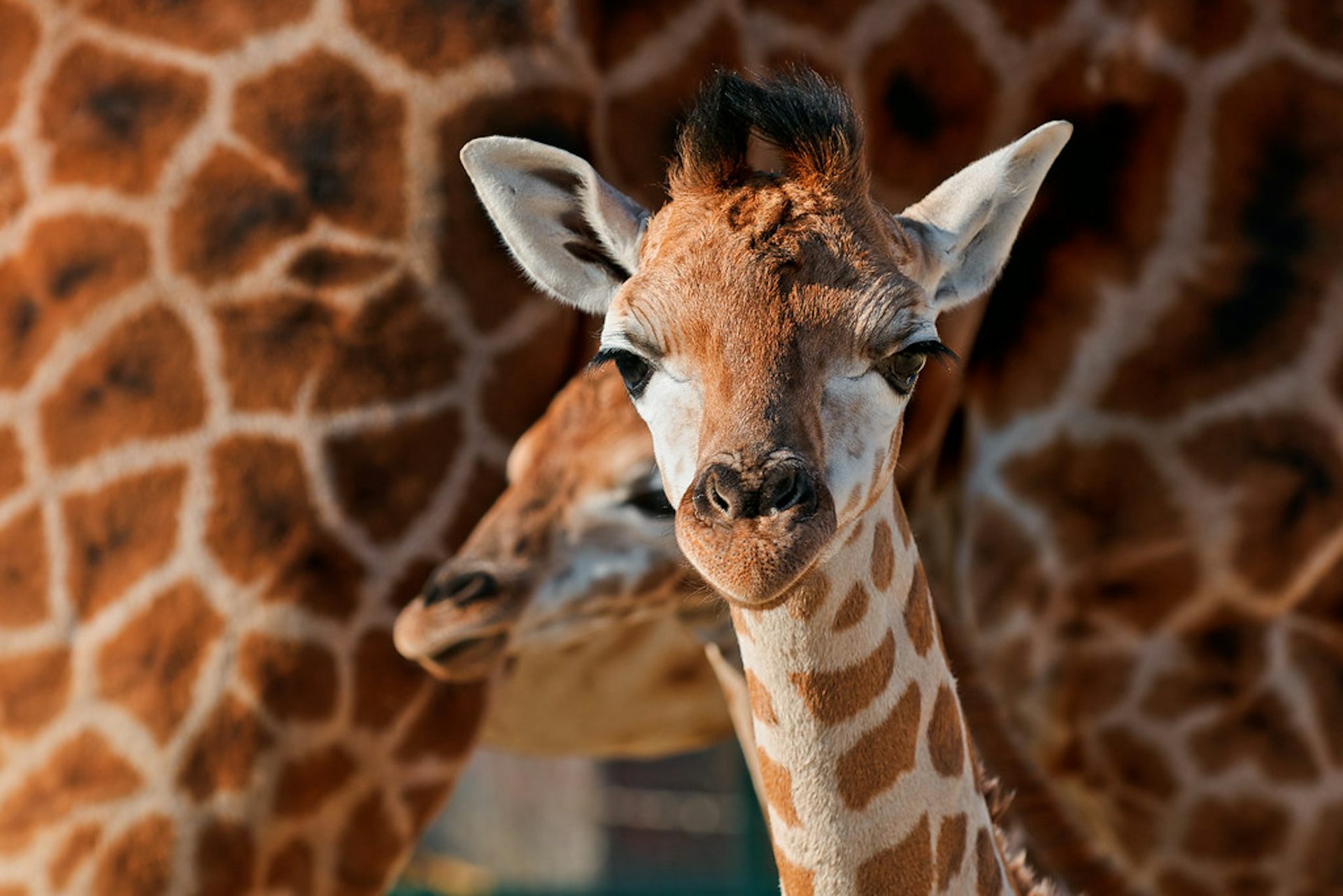Eco-friendly travel: reducing your carbon footprint
In today’s era, as environmental issues become increasingly prominent in public discussions, it is important to pay particular attention to environmental responsibility when traveling. Research shows that international tourism significantly increases total carbon dioxide emissions into the atmosphere, reaching approximately 8% of global levels. This indicator covers not only the direct combustion of fuel by vehicles, but also the indirect use of resources associated with the provision of services in hotels, restaurants and other tourism infrastructure.
These data prompt us to think about the importance of a more responsible approach to the organization of holidays and travel. Each of us has a choice: continue to travel as usual, adding to the burden on the environment, or seek alternative holiday options that help reduce our carbon footprint. This applies not only to the choice of transport, but also to everyday habits while traveling, such as the use of disposable items, water and electricity consumption.
By making environmentally responsible decisions, we not only reduce our carbon emissions, but also help preserve the natural resources and beauty of our planet for future generations. This could mean choosing buses over planes for short trips, staying in eco-friendly hotels, using reusable containers and water bottles, and respecting natural resources in holiday destinations.
Conscious consumption: everything you need to know about your carbon footprint
A carbon footprint is the sum of the emissions of carbon dioxide (CO2) and other greenhouse gasses, expressed in CO2 equivalents, that are released into the atmosphere as a result of human activity. This indicator includes various sources of emissions, from industrial processes and transport use to household energy consumption and waste management.

The carbon footprint measures the impact of the actions of an individual, a company, or even an entire nation on global warming and climate change. Awareness and control of your carbon footprint are important steps towards a more sustainable and environmentally responsible lifestyle, helping to reduce your negative impact on the environment and slow down global warming.
The most polluting industries: where is the maximum environmental damage?
- Electricity generation and heating (25%): The largest contributor to greenhouse gas emissions is the combustion of fossil fuels such as coal, gas and oil used to heat and light cities.
- Agricultural sector (24%): Intensive livestock farming, agricultural production, cultivation and deforestation for agricultural purposes result in significant greenhouse gas emissions.
- Industrial sector (21%): Manufacturing greenhouse gas emissions come not only from fuel combustion, but also from chemical reactions, metallurgical processes, mineral extraction and processing, and waste disposal.
- Transportation industry (14%): A significant number of vehicles around the world still run on gasoline and diesel, making cars, ships, trains and planes the main sources of carbon dioxide.
China ranks first in the world in terms of CO2 emissions, twice as large as the United States.
How to travel eco-friendly: tips for minimizing harm to nature
The choice of vehicle has a decisive influence on the traveler’s ecological footprint. Despite its speed, air travel is a major source of carbon dioxide, accounting for approximately 2.2% of global emissions.
Petrol-powered vehicles contribute 14% of global CO2 emissions, highlighting the need to choose greener alternatives.

International bus transport offers an effective alternative. Capable of carrying many passengers at once, buses significantly reduce the carbon footprint per passenger compared to private cars or air travel.
Although buses cannot completely eliminate their environmental impact, using them as a primary means of transport when traveling can significantly reduce their negative impact on the planet.








